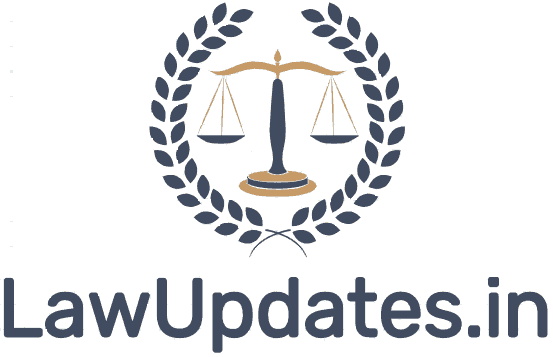The Bombay High Court has set aside a 2019 decision of the appellate committee of the Airport Authority of India (AAI) wherein it restricted the maximum permissible height of buildings coming up within the two-kilometre radius of any of the two Airport Surveillance Radars (ASR) of the Chhatrapati Shivaji International Airport.
Three developers who were developing properties beyond the two-kilometre radius of one of the ASR were aggrieved as the AAI said that the committee’s decision on height restriction would apply to them and they would not get a No Objection Certificate unless they complied with the committee’s decision. The court however held that the decision to frame rules was the prerogative of the central government and the committee had acted beyond its jurisdiction while taking the decision and hence set it aside.
A division bench of Justice S J Kathawalla and Justice BP Colabawalla while passing judgement on the petitions filed by Kalpataru Ltd, Klassik Homes Pvt Ltd and United Industrial House Premises Cooperative Society Ltd observed that the appellate committee lacked jurisdiction to impose conditions or formulate rules as it did not have rulemaking or general administrative powers.
In April 2018, the Central Government had proposed to amend the Height Restrictions for Safeguarding of Aircraft Operations) Rules, 2015 and had sought suggestions and objections. One of the proposed amendment was to make the maximum permissible height available to a plot under development, only if it is at a distance of more than or beyond two kilometres from all the ASR’s that service an airport, where there are more than one ASR’s. The appellate committee was constituted in 2019 to consider the suggestions and objections and convey the same to the central government.
On April 23, 2019, the Appellate Committee, after considering the objections and suggestions received decided to adopt the said proposed amendment based on Draft 2018 rules. As a result, the maximum height permissible was reduced from what was allowed as per the 2015 Rules.
The three developers had approached the AAI in May, 2019 seeking a NOC for grant of highest permissible top elevation for their projects based on the 2015 Rules which were in force at the time of making the application. However, three months after receiving the applications the AAI responded asking the developers to abide by the April 2019 decision of the committee. This implied that they would get reduced maximum height permissible. Aggrieved by this the developers moved the HC.
While submitting on behalf of Kalpataru, senior counsel Virag Tulzapurkar apprised the court that the Appellate Committee decision was without any legal authority or jurisdiction. However, additional solicitor general Anil Singh for AAI and union of India opposed the submissions and said that the petitions were not maintainable as the developers had an alternative remedy available for redressal of their grievances. Singh further submitted that due to high degree of air traffic congestion and density at the Mumbai Airport, higher standards of safety need to be maintained and therefore the Appellate Committee took such a decision.
After hearing all sides the bench observed, “We are of the view that said the decision is entirely without the authority of law and in excess of the jurisdiction and power of the Appellate Committee. It is clear that in taking such a decision the Appellate Committee was not acting as an appellate forum or authority exercising any quasi-judicial functions, for which purpose alone it was constituted under the 2015 Rules.”
Read also : NIA Planning To File Closure Report In Italian Mariners’ Case
After setting aside the decision of the committee, the bench noted that it did not mean that it was issuing any directions to the AAI to grant NOC of any particular height and said that AAI can consider the applications for grant of NOC afresh within a period of four weeks as per the existing laws and regulations.
Source Link


![Consider Lockdown To Curb 2nd Covid Wave, Create buffer oxygen stock, National policy on hospital admission: Supreme Court To Centre, States[Read Order] 2](https://lawupdates.in/wp-content/uploads/2020/07/SC-1.jpg)

